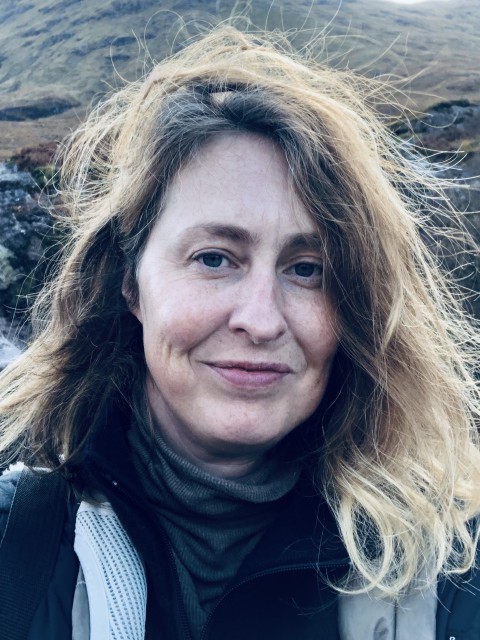Andrei’s Maria is a film essay about Tarkovsky’s Swedish produced film The Sacrifice, shot in Närsholmen, Gotland in 1986. The Icelandic actress Guðrún Gísladóttir returns thirty years after the recording of Tarkovsky’s film. With her is her daughter Vera Illugadóttir, with whom she shares recollections of the film production. It is an interpretation and an homage to the character Maria, a witch destined to save the world from nuclear disaster. The film explores Tarkovsky’s critique of civilization while simultaneously telling the behind-the-scenes story from the unique perspective of Gísladóttir.
The new material is interwoven with the original film through the technique of montage. Existential questions, paired with the progression of time and space, are at the centre of the narrative, which is driven forward by memories of the film’s production. The mother-daughter relationship is one of several themes of the non-linear story that aim to describe how all of us, through time, are part of a collective movement forward; it explores the circular motion of time. Other themes are the exile situation that Tarkovsky found himself in at the time, reminds us of the Cold War; both through the reflections of Gísladóttir and her choice to distribute the film in support of the anti-nuclear arms movement, and through Tarkovsky’s call on world leaders, to help solve the precarious situation his Russian family found themselves in.
The film delves deep into the esoteric knowledge of Tarkovsky and his interest in the interpretation of dreams, which offers a clear break from the standard methods of rational film production. The montage script draws on archival material and conversations Johansson had with the women involved in Tarkovsky’s production, whose experiences, Johansson found, were crucial to emphasize. Johansson wanted to contribute to another form of homage, one that works for further interpretation and understanding of The Sacrifice.
Rent this work for public screenings

